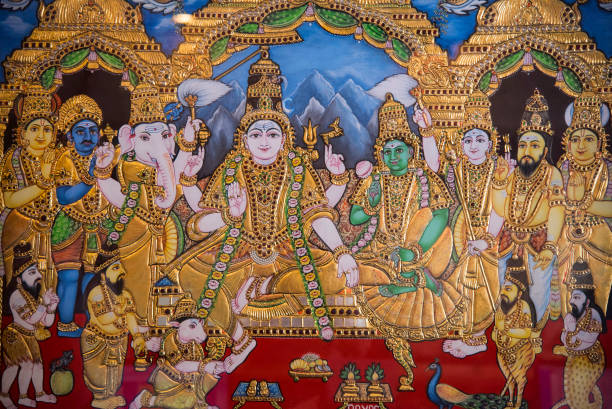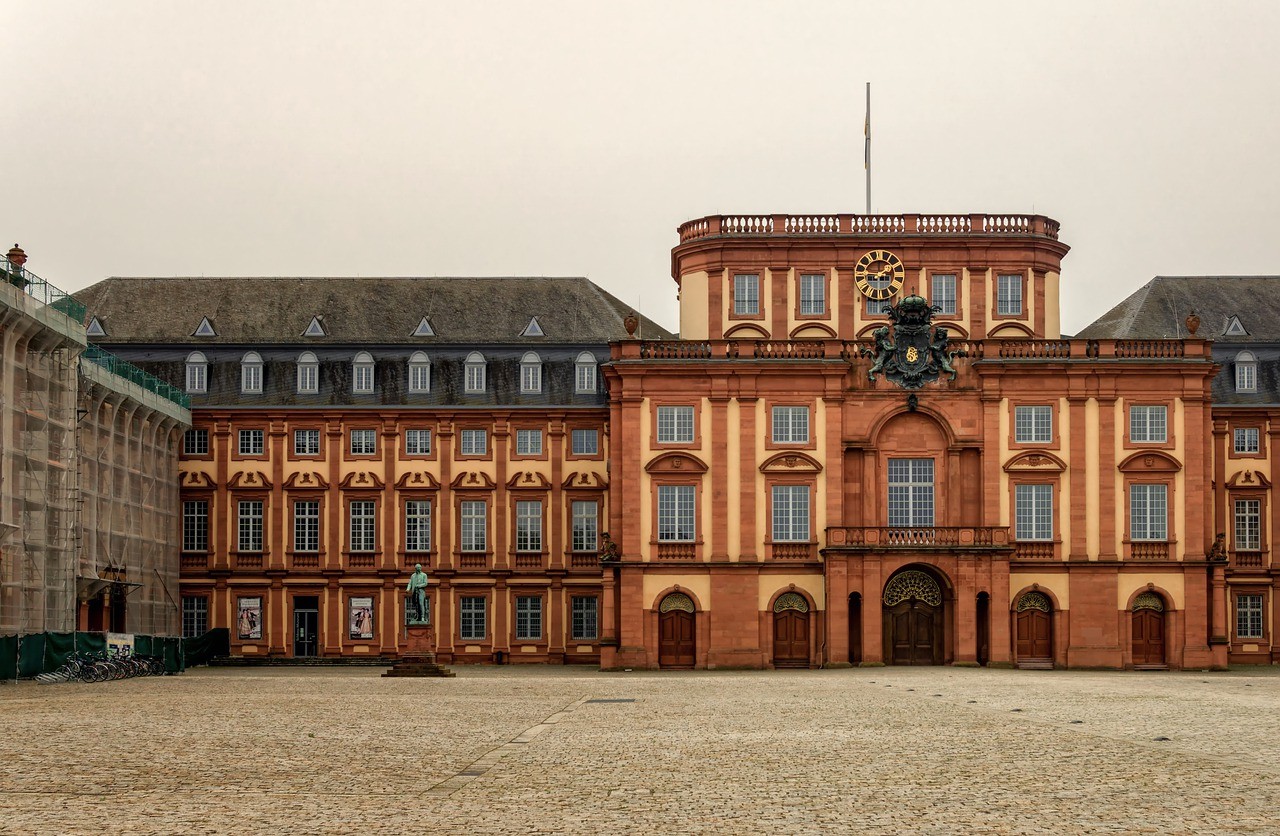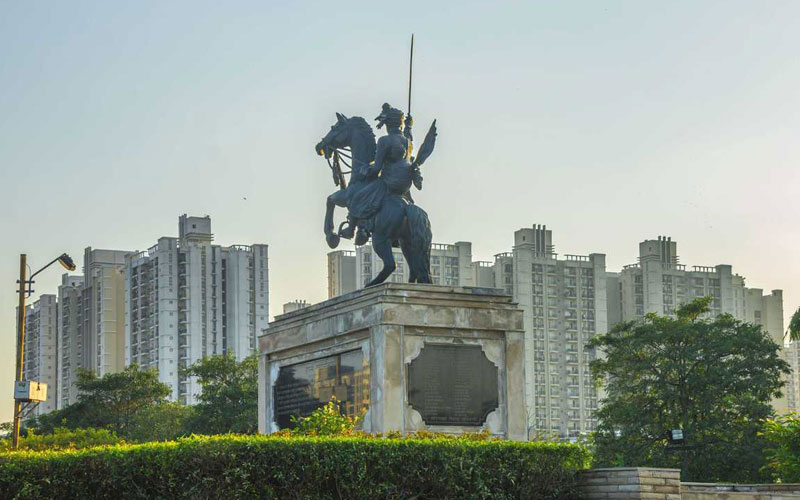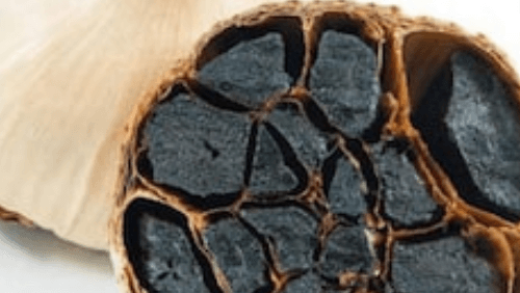Jallianwala Bagh has marked an important incident in the history of India that took place there on April 13, 1919. On this unfortunate day, the British troops fired on a large gathering of weaponless Indians in an open space called the Jallianwala Bagh in Amritsar, Punjab killing several hundred people and wounding many hundreds more. After the incident, the bullet marks on its walls have left behind a feeling of nationalism among Indians, making it a tourist place for you to get transparent about the typical past of India.
Subsequently, the center had decided to commemorate the 100th anniversary of the Jallianwala Bagh massacre by setting aside roughly Rs 20 crore in 2019 to The Ministry of Culture to perform repairment and conservation work, along with the construction of facilities such as bathrooms, ticket booths, and drinking water at this place. It was since February 2019, the memorial has been barred by NBCC Ltd., a government-owned company, has been renovating it.
Changes made at a glance.
- Being one of the reasons that a large crowd was unable to escape the bagh during the incident was its narrowed entry and exit points. These points are now re-located and widened.
- An artificial lotus garden to surround the main memorial has been restored.
- A glass barrier has been fabricated around Shihidi Kuan or Martyrs Well, although being criticized by several people for limiting its view.
- The flame monument located at the center of bagh has been restored.
- Another water body named lily pond is also rejuvenated.
- The narrow pathways available are now extended for improved accessibility.
This heritage monument has been renovated in sync with the local architectural style of Punjab. Many other developments have been taken on at the complex.
Development of new sculptures named ‘Those Who Never Came Out.
Apart from the restoration and rebuilding, several new sculptures along with modifications to the pavement are also developed. Some of them are as follows:
- A 28-minute Sound and Light show will reenact the events of April 13, 1919, every evening.
- The Salvation Ground has been constructed for the people to sit in silence for the exaltation of the martyrs.
- Several new sculptures of martyrs have appeared on the lofty walls of the short backstreet at the entry gate.
- These new sculptures are meant to represent ordinary Punjabis from all walks of life who entered the park but never came out again on that ill-fated day.
- Four new galleries have been built to reuse the under-exploited old buildings of the complex. These galleries comprise of History of Punjab, Gadar, and the liberation movement along with the historic happenings that took place in Punjab during that period.
- A statue of Maharaja Ranjit Singh, a sculpture of Guru Nanak Dev, and Banda Singh Bahadur has also been featured in these galleries.
- Improving its glory, the memorial is added with some new and modern amenities like landscaping with the natural plantation, reconstructed paths for easy navigation along with appropriate signages.
- The installation of audio protuberances throughout the garden has added up an additional beauty to this monument.












Absolutely…mentioned the perfect information..well written blog!
Do post more informative blogs.